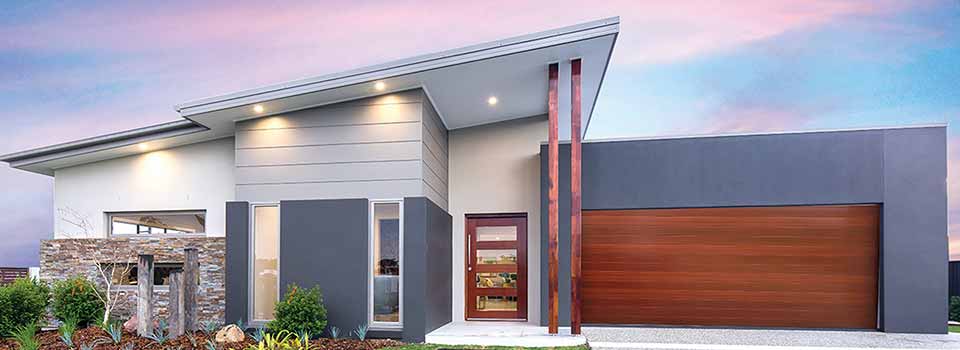

#Skillion roofs install#
They are ideal if you intend to install solar panels to power your home by maximising sun exposure along their slopes. It also can support rainwater collection. The steeply pitched shape means they support quick drainage, less likely to suffer water damage like other flat minimalist styles. Functionalityĭue to their unique design, a skillion roof can perform efficiently and effectively to maintain your home. Their unique shape adds volume and slope in simple yet elegant ways. They are the perfect choice for those wanting a minimalist home with a contemporary and clean design style. As a modernised version of your classic roof, they provide an eye-catching and angular accent to your home. Why use a skillion roof? AestheticsĪ skillion roof’s main source of popularity comes from its bold and aesthetic look. They are the perfect solution for home extensions or outbuildings, designed to stay independent from any other roof fragment. Single-sloped, the surface of a skillion roof isn’t attached to any other roof surface to create an angular and minimalist look. Generally built with streamlined roofing materials, such as rubber skins or metal finishes, their innovative designs don’t require the same waterproofing processes as traditional roofs. This is unlike your traditional roof style, whereby it will be two sloping sides meeting to make a peak. Skillion roofs are characterised by a steep single flat surface. It’s likely you’ve seen a skillion roof recently but have yet to learn of its name.Ī hallmark of Australian architectural design for suburban living, the skillion roof could be the perfect accent to elevate and modernise your home. Perhaps the correct turn up tool was not used, or not used correctly.The skillion roof style continues to grow in popularity as homes embrace modern and edgy facades. There is no proper transition flashing and a lead strip is used instead. The video below shows a typical flat metal skillion roof in the “Trimdek” profile. …And the result is a massive reduction to the water carrying capacity of the metal roof sheeting and water leaks at the upstream joint. The upturns are produced by the wrong tool, or not enough effort has been used to turn the ends of the roof sheets up. And this is the area that most roof installers pay the least attention to. The main barrier to water flowing backwards over the upstream ends of the metal skillion roof is the upturns at the ends of the roof sheeting. So if this joint is not detailed correctly, water will get into the roof cavity – causing leakage problems – and a good sized roof repair bill! Often it can flow up and over the upstream ends of the roof sheetsĬompound this with added run-off from the catchment of the tile roof upstream, and you get a lot of water concentrated at the joint between the tile and metal skillion roof. With a flat metal roof, water does not flow off very quickly. …And the leakage typical problem is the inadequate detailing of the upstream ends of the metal roof sheeting. Most roof leaks appear at roof joints and the tile to metal joint can be tricky to install and repair. A lot of enquiries I get about leaking roof repairs in the western suburbs of Sydney involve something to do with the joint between the tile and metal skillion roofs. This combination can be deadly with leaks appearing fairly quickly and requiring a roof repair that could have been avoided. However, many of these (especially in the budget conscious Sydney western suburbs) are built on tight budgets and the builder or even the owner ends up installing the roof. The roofing system used is usually fine if it is put together by a competent roofer. Maybe this is why there are more metal skillion roofs in Sydney’s western suburbs. This configuration usually gives the most economical solution to increasing the living area of an existing house. These are also common in the southern suburbs of Sydney and there are a bit less in the Eastern and northern suburbs. Metal skillion roofs are quite simple – but lots of roofers get it wrong and they start leakingĪ common roofing configuration in western Sydney is the main tile roof followed by an add-on at the back, which is a flat metal skillion roof.


 0 kommentar(er)
0 kommentar(er)
